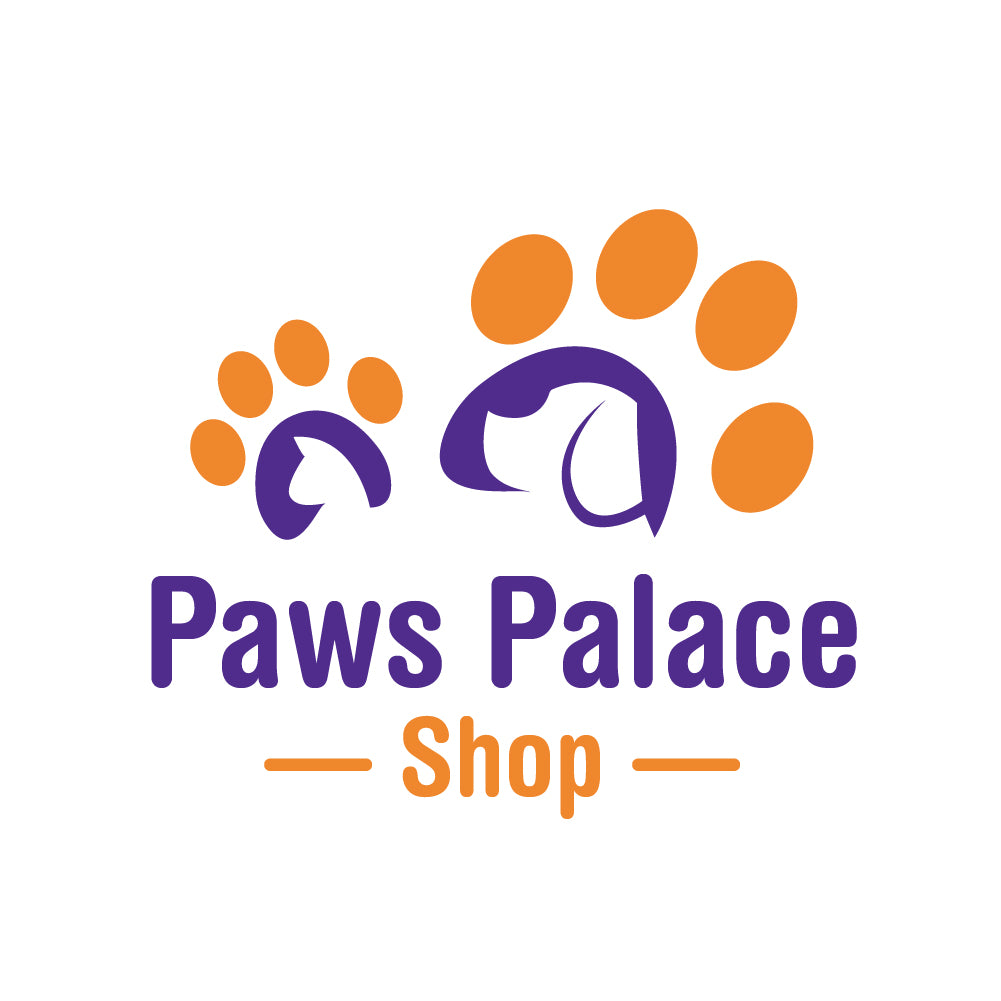Managing Aggressive Pet Behaviors
Welcome to "Managing Aggressive Behaviors," a resource meticulously crafted to aid pet owners in understanding and mitigating aggression within their furry companions. From growling and snapping to outright biting, this guide arms you with the necessary insights to foster a safer and more joyful living space for you and your pet. Embark with us on a path toward understanding, compassion, and peace.
Understanding the Roots of Aggression
Aggression in pets can stem from various sources, including fear, protective instincts, territorial claims, or pain. Pinpointing the underlying cause is pivotal in effectively addressing such behaviors. It transcends mere dominance; it's about empathizing with and adequately responding to your pet's needs and fears.
Statistical Insight:
Table: Common Triggers of Aggression in Pets
|
Trigger |
Percentage of Cases |
|
Fear |
45% |
|
Territorial |
30% |
|
Pain-Related |
15% |
|
Protective |
10% |
Source: Pet Behavior Research Institute, 2023
Recognizing Signs of Aggression in Pets
Timely identification of aggression signs can halt escalation. Signals to watch for include body stiffness, teeth baring, growling, or snapping. Grasping these cues enables early and composed intervention, safeguarding everyone involved.
Visual Aid:
An infographic titled "Recognizing Signs of Aggression in Pets," depicting various aggression indicators, offering a visual guide for pet owners to quickly identify and understand their pet's distress signals.
Establishing a Safe Haven
Creating a secure retreat is essential for managing aggression. This safe zone allows pets to decompress and feel protected from potential aggression triggers. Treating this area as a sacred, inviolable sanctuary is crucial for your pet's sense of safety and well-being.
The Importance of Routine and Exercise
A balanced pet is a content pet. Regular physical activity not only expends surplus energy but also alleviates stress, diminishing aggressive tendencies. Additionally, a consistent routine instills a feeling of security, contributing to a more serene pet disposition.
The Role of Training and Socialization
Foundational training and proper socialization are instrumental. They enhance communication and decrease fear and aggression toward unfamiliar experiences. Engaging professional support ensures these practices are constructive and beneficial.
Your Response Influences Outcomes
How you react to aggression can significantly influence the situation's outcome. Meeting aggression with calmness and firmness, rather than fear or irritation, can defuse potential confrontations. Mastery over your body language and vocal tone is vital in projecting tranquility, not intimidation.
Seeking Professional Assistance
Persistent or intense aggression may necessitate the intervention of a veterinarian or animal behaviorist. These experts can offer customized strategies and support to safely and effectively address underlying concerns.
A Journey Toward Mutual Understanding
Navigating aggressive behaviors with your pet is a venture rooted in understanding, patience, and empathy. Armed with correct knowledge and professional assistance, managing aggression is achievable, paving the way for a more harmonious existence with your pet.
Embracing Harmony: A Path Forward
"Managing Aggressive Behaviors" is more than a guide; it's a commitment to transforming how we interact with our pets, emphasizing empathy, compassion, and informed care. Let's journey toward a future where peace and understanding reign supreme in our relationships with our animal companions.
